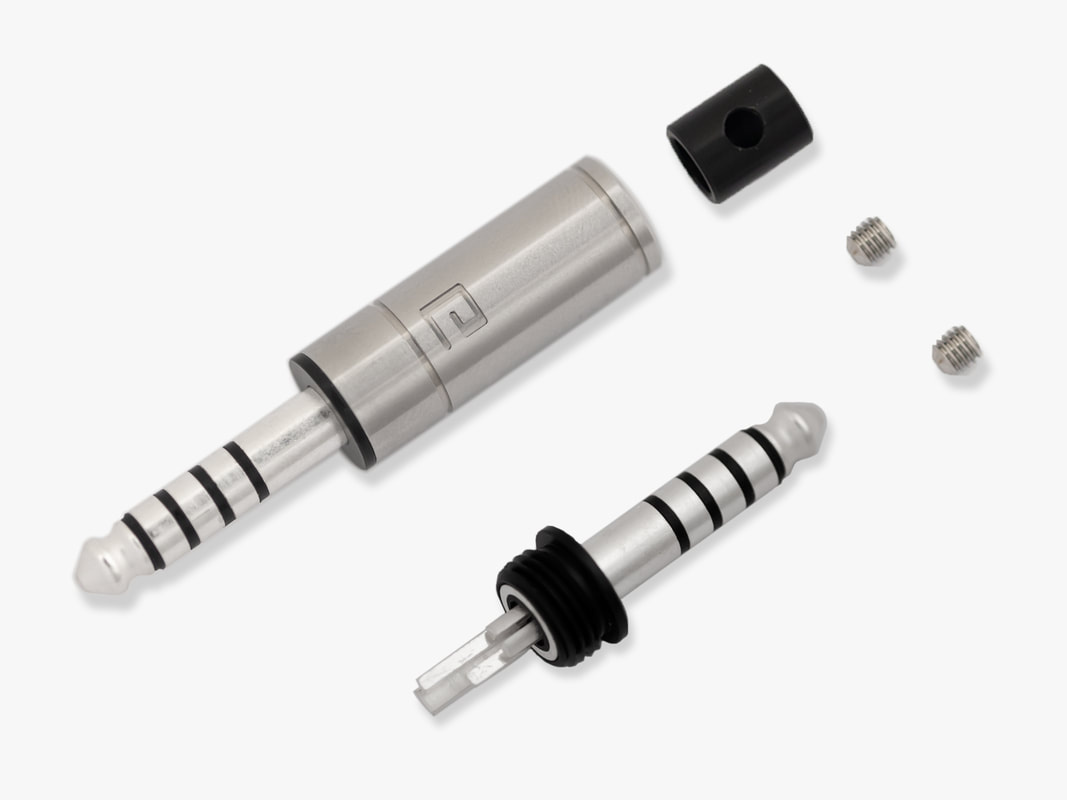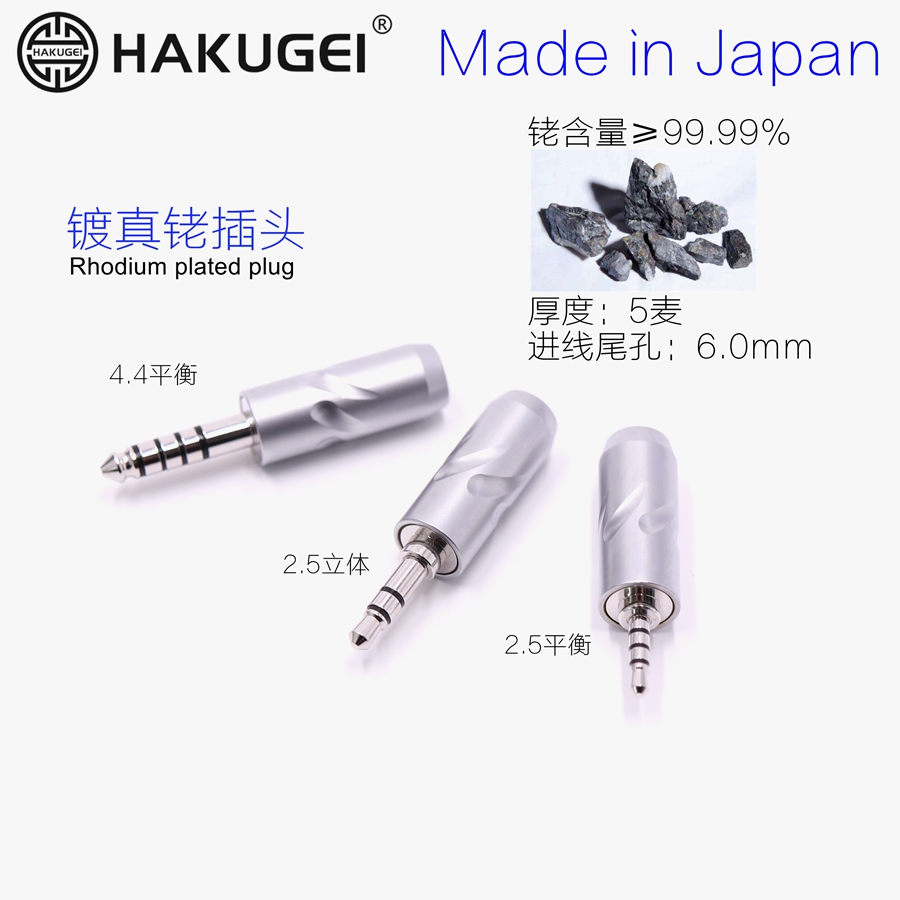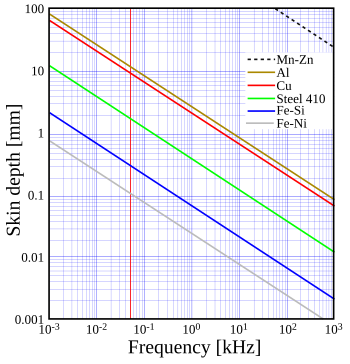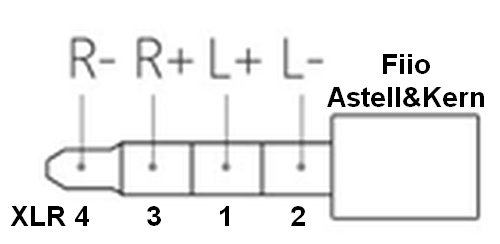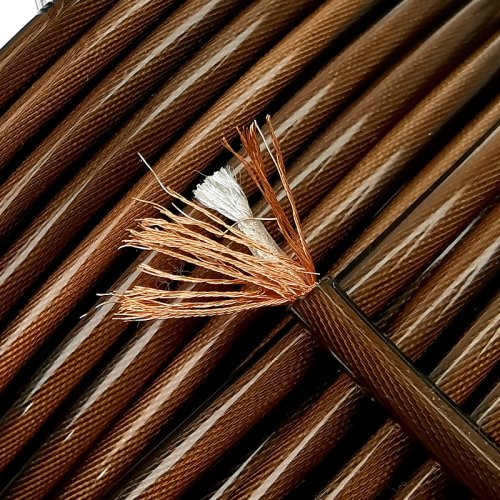Hello ,
To make it clear , I do hear a Impact of a IEM Cable and i believe in all formally discussed aspects . The Problem with all the Theory is that it s mathematecally not profable, nor messureable with our given Labor instruments.
To make the technical discussion about a cable in a ac enviroment a bit more funny i will take the position of the Naysayer and Cablesound Critics for a Second.
Don t get angry, i am just joking.
simplyfyed Equivalent circuit diagram
Equivalent circuit diagram for a line element of a two-wire line of length d
The Arrangement Amp , Cable ; IEM is also a Bandpassfilter
What do i want to say with all this ?
If you calculate you will see that the Cornerfrequencies are multiple Times below and multipletimes bigger than our lovly Music (15 Hz- 22 kHz )
At a short example of calculation of a Lowpassfilter
Lowpassfilter: 1.st order simplyfied
fG= CutFrequency fallen -3 dB
R-= Outputimpedance of Headphoneamp plus Resistance of Cable in Ohm, for the example i take the unlikely case of 10 Ohm.
C = Cablecapitance in Farrad. For the example i take the unusual high case of 200 pF.
1/ 3,141592.......... *2 *10*0,000000002 = 1587301.5873015873015873 Hz= 1,587301 MHz !!!
We are no Bats no, so no Problem ?
Calculate the Highpass for yourself , but it s Magnitudes less than 1 Hz
So far from any Phaseshift or Frequencyresponse.
So here no impact to Soundquality.
The classical solution of this example with the help of differential equations would have come to the same result, but would have required several times more complicated computational effort. !!!!!!!!!!!!!!!!!!!
Skineffect
Cause of skin effect. A current I flowing through a conductor induces a magnetic field H. If the current increases, as in this figure, the resulting increase in H induces circulating
eddy currents IW which partially cancel the current flow in the center and reinforce it near the skin.
Skin depth vs. frequency for some materials at room temperature, red vertical line denotes 50 Hz frequency:
Skin depth in copper
| Frequency | Skin depth (μm) |
|---|
| 50 Hz | 9220 |
| 60 Hz | 8420 |
| 10 kHz | 652 |
| 100 kHz | 206 |
| 1 MHz | 65.2 |
| 10 MHz | 20.6 |
| 100 MHz | 6.52 |
| 1 GHz | 2.06 |
Four stages of skin effect in a coax showing the effect on inductance. Diagrams show a cross-section of the coaxial cable. Color code: black=overall insulating sheath, tan=conductor, white=dielectric, green=current into the diagram, blue=current coming out of the diagram, dashed black lines with arrowheads=magnetic flux (B). The width of the dashed black lines is intended to show relative strength of the magnetic field integrated over the circumference at that radius. The four stages,
A,
B,
C, and
D are: non-energized, low frequency, middle frequency and high frequency respectively. There are three regions that may contain induced magnetic fields: the center conductor, the dielectric and the outer conductor. In stage
B, current covers the conductors uniformly and there is a significant magnetic field in all three regions. As the frequency is increased and the skin effect takes hold (
C and
D) the magnetic field in the dielectric region is unchanged as it is proportional to the total current flowing in the center conductor. In
C, however, there is a reduced magnetic field in the deeper sections of the inner conductor and the outer sections of the shield (outer conductor). Thus there is less energy stored in the magnetic field given the same total current, corresponding to a reduced inductance. At an even higher frequency,
D, the skin depth is tiny: all current is confined to the surface of the conductors. The only magnetic field is in the regions between the conductors; only the "external inductance" remains.
So at 100kHz the skindeep is 226 u m = 0,226mm , --no Skineffekt in a solid 0,226mm Wire , we are no Bats , are we ?
So at 10 kHz the skindeep is 652 u m = 0,652 mm
Diode effect between 2 close wires of exactly the same electrical potential ? Na, not really.
Sorry, I am only Joking . You can t calculate , nor messure a Cablesound. Only your Ears and your Heart can tell !!!!!!!!!!!!
Greetings from the funny Lothar
Click to expand...































